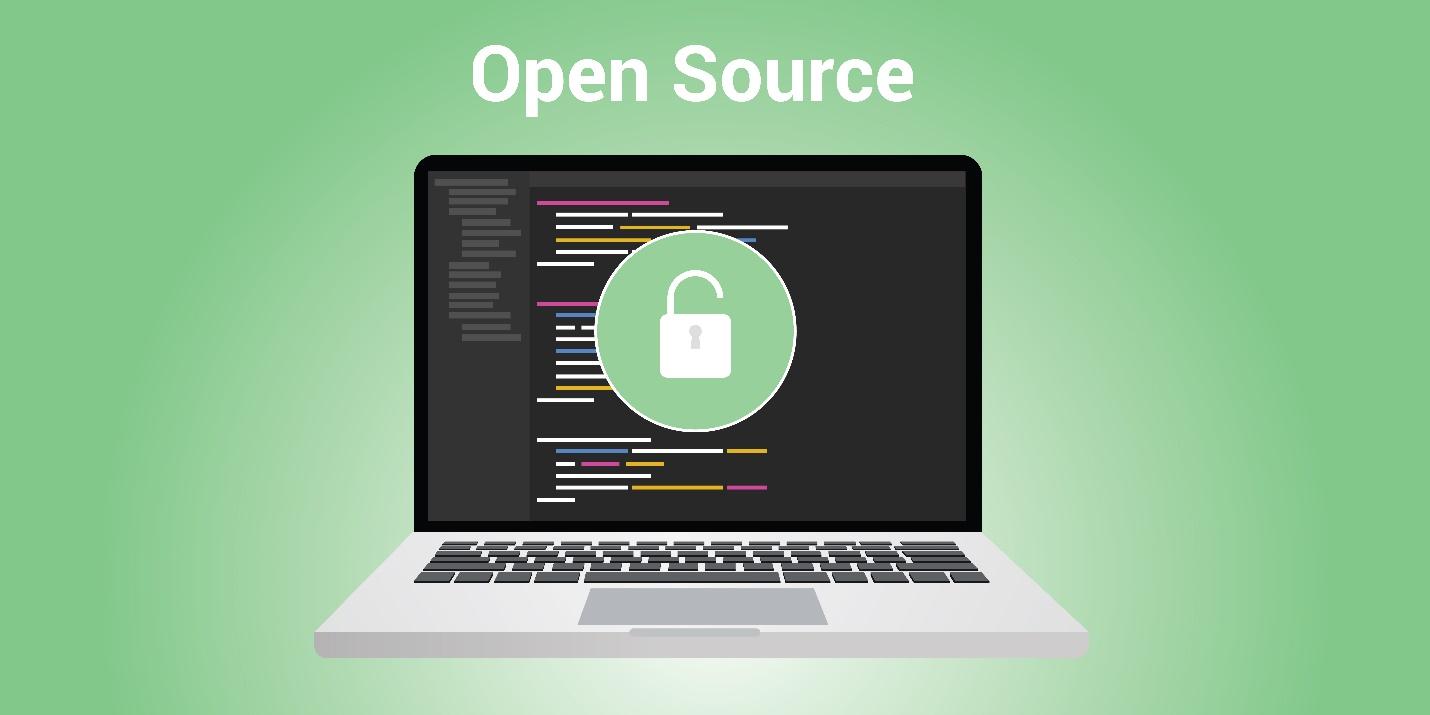The Equifax data breach was one of the worst major data breaches in history. It shocked the world and was a wake-up call for the industry. Private records of 147.9 million U.S. citizens, 15.2 million British citizens, and 19,000 Canadian citizens were breached.
No matter how secure the open-source code might seem to be, you must secure it. Although open-source software offers extensive benefits to the masses, it does have its fair share of risks.
Using community-developed software reduces costs and development times. It powers the creation of entire applications. However, the problem is that you cannot be entirely certain that the open-source software you are using is secure.
To help ensure that you avoid vulnerabilities, we have prepared the ultimate post. It shares the top 5 tips for securing open-source software. So, what are you waiting for? Let’s dive in.
What Is Open Source?
Before we cover how you can secure open-source software, it is important to understand what it is. In the simplest of words, it is a project that provides source code to the public. Open-source licenses help protect these licenses and restrict how code is used and its purpose.
Generally, open-source software is free for use. Community volunteers create and maintain open-source projects. Some projects are made available due to contributions from major organizations such as Kubernetes and Linux.
The fact that open-source code is free and offers flexibility has made it the ultimate choice. However, following safety measures goes a long way in handling security risks and ensuring that your system does not get compromised.
How to Keep Open-Source Software Secure?
1. Keep Track of Updates
A recent survey showed that 1 out of every 16 open-source components had a security vulnerability. It was also found that several libraries had serious bugs. Most of these issues (software bugs and security vulnerabilities) can be fixed through an update.
Only when you keep track of all the updates of the libraries you use can you prevent a hacker from breaching into your system. This is why you must stay in the know about newer versions of open-source software that you use.
However, if you do find an update for one of the components, you need to keep in mind that you do not know if the new update is backward compatible with the other components.
What this means is that you will also have to write some tests for proving functionality. The benefit of such tests is that they also serve as documentation for using the library. On the other hand, if you do not update the software due to compatibility issues, you would need to deal with future vulnerabilities.
2. Host Your Third-Party Components
Some software development teams tend to transfer open-source components manually through email or a similar way. It is something that you need to avoid. Instead, you require a repository manager for transferring those components.
A repository manager is a dedicated server application that manages repositories of binary components. It is essential when using considerable binary open-source components.
When you use a repository manager, it reduces the number of remote repository downloads significantly. Thus, you get to save both time and bandwidth. It would help improve performance and stability as the reliance on external repositories would be eliminated.
Moreover, a repository manager would also serve as an effective platform for the exchange of binary artifacts. If your software development company is not using the recommended repositories in the market, you will need to store third-party components on the shared network.
3. Have a Use Policy
Another great tip that will help secure open-source software has a use policy. A standardized policy goes a long way in mitigating risk. Organizations across the globe are at potential risk due to their captive market. Therefore, an established set of guidelines is necessary for laying out the terms of open-source software usage.
If there are no guiding principles, the development team would be able to use any open-source software component, which would increase vulnerabilities.
Defining a use policy is one of the first steps that need to be taken to ensure safety. The policy will cover which types of open-source components may be used and in which ways, along with the requirements of adoption.
When each aspect is clearly defined, it allows for only high-quality projects that ensure use is consistent and trackable to be accepted. The policy must also mention who would be responsible for keeping track of components, maintaining updates, and verifying licenses.
The specifications will assist with the creation of an inventory of components. It would make the job of the IT department a whole lot easier.
4. Emphasize Quality
The next tip that you cannot ignore is an emphasis on quality. Verify the quality of the open-source components that you choose. Evaluate the standards that the team upholds and make sure that the claims are valid. The same tests should also be applied to open-source code.
Familiarity with the project or its popularity is not valid grounds for determining the quality of components. For instance, if we think about OpenSSL. It was a project that was widely used despite containing the considerable vulnerability. You have to think about the larger quality picture for the best outcome.
5. Choose Dependencies Wisely
Finally, you need to choose your dependencies wisely to manage your open-source components. When using a non-standard library that is not in active development, there is a possibility of a new vulnerability emerging in the near future. Besides, there would be no one to patch it.
Even though you might find that particular library to be the exact fit for your requirements, you would end up copying its bugs and vulnerabilities. Therefore, you should opt for popular alternatives. Never copy-paste library files over the internet as you will struggle with updates.
You’re Ready to Secure Your Open-Source Software
Once you have finished reading our top tips for securing open-source software, you will feel more confident. Even though open-source components might have become the standard when it comes to development, it does not mean that you can sit back and relax.
You have a responsibility to keep track of code elements and make sure that there are no vulnerabilities. The truth is that you need to know your open-source components, define a use policy, and avoid any form of deviation to ensure that top-quality components are added to the codebase
Author Bio:




















